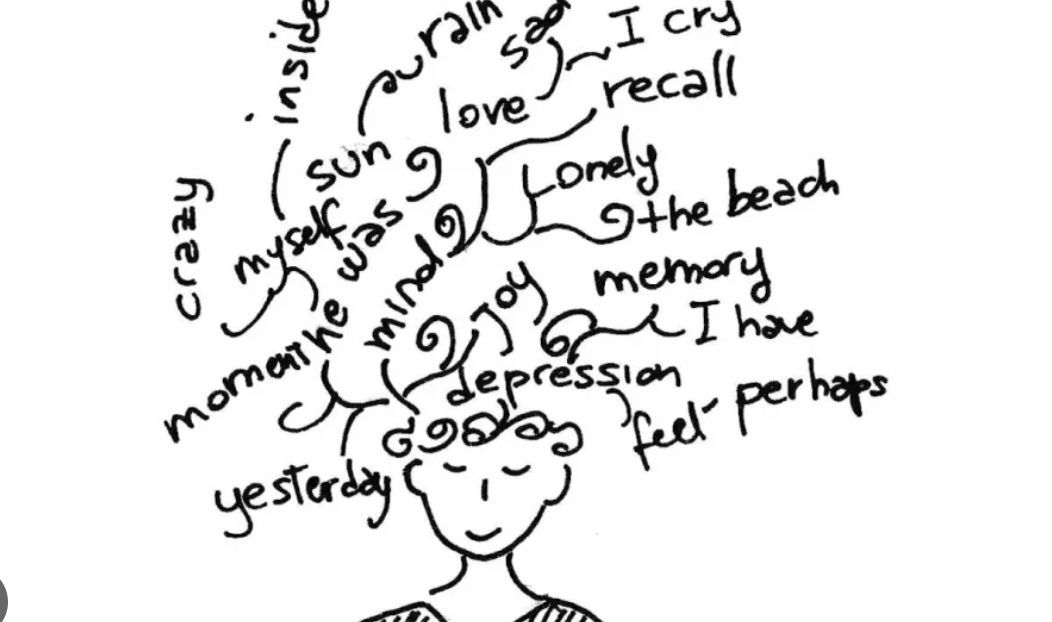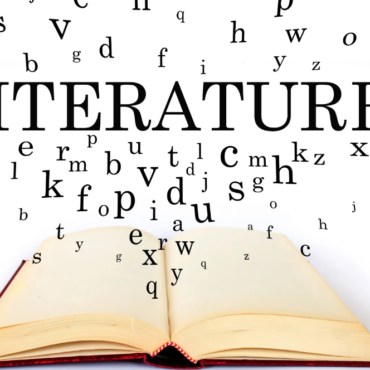What is Stream of Consciousness
Introduction
Stream of consciousness, or SC for short, is a literary technique that focuses on the way one’s mind works and produces language. SC takes you on a journey through the thoughts in a character’s head. The reader is taken on a ride through the protagonist’s thoughts, with no pauses for setting or characterization. The character’s thoughts are often disjointed and random. Stream of consciousness can appear in any genre of writing–fiction, nonfiction, poetry etc. Some examples of stream of consciousness include Virginia Woolf’s Mrs Dalloway and James Joyce’s Ulysses. This will be a precursor to delving into Magical Realism and the thinking process.
Stream of Consciousness, or SC for short, is a literary technique that focuses on the way one’s mind works and produces language.
Stream of consciousness is a literary technique that focuses on the way one’s mind works and produces language. The writer uses it as an opportunity to show how thoughts flow from one thing to another, as well as how they change over time.
This method of writing allows us insight into characters’ experiences, thoughts, and emotions–and sometimes even exposes them in ways they don’t want us to see! It also provides readers with information about plot developments before they happen (if done well).
SC can be used in several ways: to portray characters’ thought processes; describe settings; show transitions between scenes; provide backstory; create mood or atmosphere through description of sensory details such as sights/sounds/smells etc.; express emotions through speech patterns such as pauses between words or sentences
SC takes you on a journey through the thoughts in a character’s head.
Stream of consciousness is a literary technique that allows you to take your reader on a journey through the thoughts in a character’s head. This ride can be confusing, disjointed and random at times – but it’s also beautiful and captivating!
The key is to make sure that your readers understand what’s happening by using some basic tools:
- Make sure there are no breaks between paragraphs or sentences. Use punctuation sparingly; try not to use periods at all (but do use commas if needed). If something needs emphasis, bold it!
- Introduce new characters as they come up in conversation – don’t wait until later chapters or scenes where they appear physically on stage with our protagonist(s).
The reader is taken on a ride through the protagonist’s thoughts, with no pauses for setting or characterization.
Stream of consciousness is a style of writing that takes the reader on a ride through the protagonist’s thoughts, with no pauses for setting or characterization. It’s like being on a roller coaster: you can’t predict what will happen next, but it’s exciting to find out!
The idea behind stream-of-consciousness writing is that we think in words rather than images–and therefore our inner monologue doesn’t resemble visual art. Instead of describing how things look, stream-of-consciousness writers describe how they feel; instead of showing us what’s happening now (setting), they show us what happened in the past (characterization); and instead of pausing between sentences (punctuation), they write long paragraphs with no breaks between them at all.
The character’s thoughts are often disjointed and random.
You might be wondering: What is a stream of consciousness? Stream of consciousness is a literary technique that involves the use of interior monologue and rapid changes in thought, often with no logical order or connection. The character’s thoughts are often disjointed and random, not linear, or even chronological. These thoughts may also be fragmented or disorganized.
The stream-of-consciousness style can be used in any genre but it’s especially effective for stories that focus on internal conflicts such as mental illness or addiction because it allows readers to see inside their characters’ minds without having to explain every single thought process (which would require more words).
Stream of consciousness can appear in any genre of writing–fiction, nonfiction, poetry etc.
Stream of consciousness is a literary technique that can be used in any genre of writing–fiction, nonfiction, poetry etc. It’s used to reveal the inner workings of a character’s mind or even the author’s own mind!
Some examples of stream of consciousness include Virginia Woolf’s Mrs Dalloway and James Joyce’s Ulysses.
Stream of consciousness is a style of writing that attempts to depict the thoughts and feelings of a character in real-time. The reader gets to see what’s going through their mind, from beginning to end–no edit or censorship.
The result is often disjointed and random; it can appear in any genre of writing–fiction, nonfiction, poetry etc.–and can be written by anyone (though it’s most commonly associated with modernist writers).
Some examples of stream of consciousness include Virginia Woolf’s Mrs Dalloway and James Joyce’s Ulysses
By using stream of consciousness we can make our writing more realistic and exciting to read
Stream of consciousness is a literary technique that mimics the way our minds work. It can be used in any genre of writing, like fiction, nonfiction and poetry.
Stream of consciousness is a way to make our writing more realistic and exciting to read:
- We are able to put ourselves into the character’s shoes with this style of writing because we feel like we know what they are thinking at all times. This makes it easier for readers to get invested in characters when they feel like they know them better than anyone else could ever hope too!
- It gives your story an edge over other stories that don’t use stream-of-consciousness techniques because it allows writers who may not be as skilled at dialogue or description but still want their book published nonetheless (which happens often!)
A forefather of Stream of Consciousness writing
St. Augustine and Stream of Consciousness Writing: A Unique Intersection of Philosophy and Literary Style
St. Augustine of Hippo, a highly influential Christian philosopher and theologian, is known for his profound introspection and examination of the human soul. While his works predate the emergence of the stream of consciousness writing style by centuries, there is an interesting intersection between the two that can be explored.
Stream of consciousness writing is a literary technique that attempts to depict the continuous flow of thoughts, feelings, and sensations that occur within the mind of a character. This style, which gained popularity in the early 20th century through the works of authors like Virginia Woolf and James Joyce, is characterized by its lack of punctuation, fragmented sentences, and seemingly chaotic structure, which mirrors the natural progression of human thought.
Although St. Augustine did not employ the stream of consciousness writing style in his works, his introspective approach, particularly in his “Confessions,” can be seen as a precursor to the technique. “Confessions” is an autobiographical work that delves deep into Augustine’s personal journey of self-discovery, faith, and spiritual growth. In it, he openly discusses his inner thoughts, emotions, and struggles, revealing the complex workings of his mind.
This introspective focus in Augustine’s work can be considered a precursor to the stream of consciousness style, as both share a deep interest in the human psyche and an exploration of the inner world of thoughts and emotions. Additionally, Augustine’s theological and philosophical teachings on the nature of time, memory, and the self have significant implications for the development of the stream of consciousness technique.
In “Confessions,” Augustine grapples with the concept of time, attempting to understand its elusive nature and relation to human existence. He concludes that time exists only in the mind, as a result of the mind’s ability to remember the past, anticipate the future, and experience the present. This understanding of time as a mental construct can be seen as a foundational idea for the stream of consciousness style, which often disrupts linear narrative structures to reflect the fluidity of thought and the subjective experience of time.
Furthermore, Augustine’s exploration of memory in “Confessions” can also be linked to the stream of consciousness style. He recognizes the importance of memory in shaping the self and understanding the world, and delves into the intricacies of the human mind’s capacity to recall and reflect on past experiences. This focus on memory and the subjective nature of human experience resonates with the stream of consciousness technique, where the narrative is often driven by the character’s memories and associations.
In conclusion, although St. Augustine did not directly employ the stream of consciousness writing style in his works, his introspective approach and philosophical ideas on time, memory, and the nature of the self can be seen as influential precursors to the technique. The unique intersection between St. Augustine’s thought and stream of consciousness writing serves as a fascinating point of exploration for those interested in both philosophy and literary styles.
Conclusion
Stream of consciousness is a great technique for writers to use in their work. It allows us to explore the way our minds work and produce language, which is something that most people find interesting. By using SC we can make our writing more realistic and exciting to read!







Add Comment